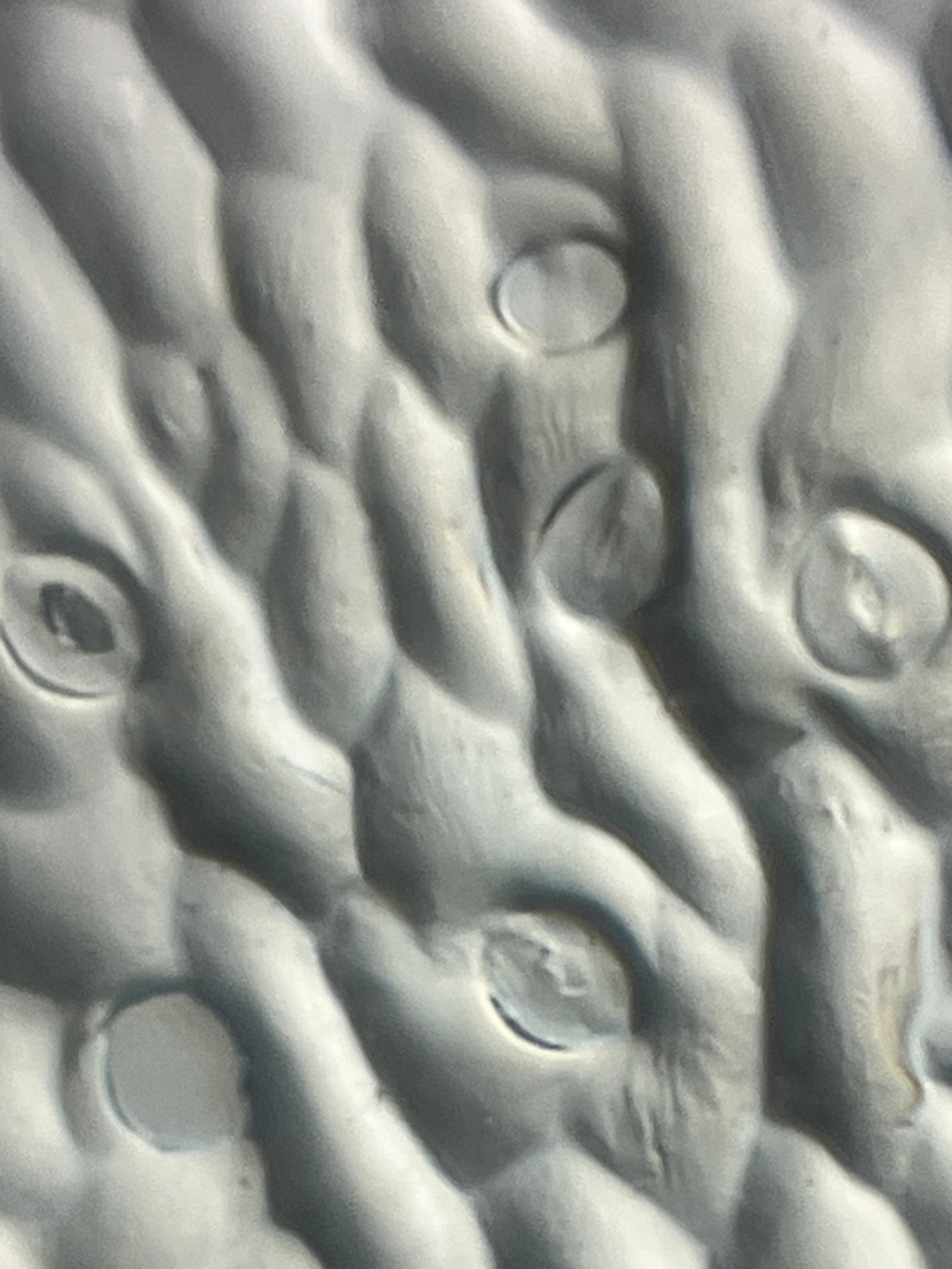
When students make observations using a microscope and record what they see, they are learning important steps in scientific research, developing laboratory skills, and increasing their appreciation of the world. These five microscope activities for science classrooms will engage students across the spectrum of interests and abilities. You can use our classroom microscope sets to ensure your students have everything they need for these exciting observations!
Hair
Have students collect hair samples from their own comb or brush at home or, if they’re comfortable, pluck a hair from their head. Using tweezers, show them how to place a strand of hair on a microscope slide with a cover slip over it. Direct them to observe the hair at different levels of magnification and record what they see.
Ask students who have pets at home to bring in a sample of pet hair collected from a dog or cat bed. Observe the animal hair and record the differences between pet and human hair.
Feathers
Collect fallen feathers outside or bring in downy feathers that have escaped from feather pillows. Snip a small segment of a feather and place it on a microscope slide, then cover it with a cover slip.
Students can note the different parts of the feather they observe and then compare their observations to a diagram of the parts of a feather. The complexity of feather structures might surprise them.
Vegetables
Cells from root vegetables like potatoes or carrots will look different from the cells of other vegetables like celery or green beans. Using a sharp knife, cut small sections of different vegetables. Then, carefully use a razor blade or, better yet, a DIY microtome to cut very thin slices from the sections. With tweezers, place the slices on slides and cover with a cover slip. Be sure to keep slides separate on labeled trays so that students will know which type of vegetable they are observing. Have students draw and label the cells they observe from each type of vegetable.
Crystals
Sugar and salt are readily available and interesting to observe under a microscope. Students may never have considered the crystalline structure of these common flavorings. Have students record the similarities and differences they notice between the shape and size of salt and sugar crystals.
To extend the activity, your students can grow salt or sugar crystals. Add salt or sugar to boiling water until it no longer dissolve. Allow this “supersaturated” solution to cool, then pour some into clean glass jars. Suspend a wooden skewer from a string poked through a piece of cardboard large enough to straddle the top of the jar. Over the next few days, as the solution cools and evaporates, crystals should form. Have students compare the grown crystals to the original crystals using polarizing film.
Cork
A slice of cork was the original source of the term “cell” in modern science, developed when 17th-century scientist Robert Hooke looked at a cork under a microscope. He noticed empty pockets of air, which he named cells. These pockets originally contained living matter that had died and disintegrated. Students can conduct observations with thin slices of cork to see the same structures that Hooke observed.
Once exposed to the intriguing shapes and structures of the microscopic world, encourage students to propose their own ideas for science class microscope activities. A classroom microscope set from Foldscope is an inexpensive way to equip your students with the tools they need to begin their scientific journey.



